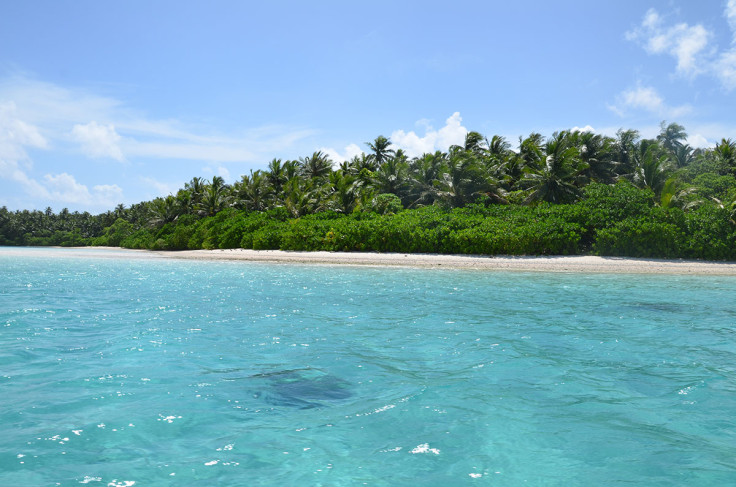How we crossed oceans to colonise one of the most remote places on Earth 3,400 years ago
Voyager strategies combined with environmental conditions to find out how ancient seafarers reached faraway lands.

Thousands of year ago, the first humans arrived on remote islands of the Pacific Ocean, having crossed hundreds or thousands of kilometres of open sea. But where they came from and how they managed to get there remains a mystery.
In a bid to find out, researchers led by Alvaro Montenegro from Ohio State University analysed ancient seafaring strategies with environmental factors that would influenced people's ability to travel across oceans. In doing so, they were able to trace back the most likely point of departure.
"Population dispersals that led to the colonization of islands in Remote Oceania, which began 3,400 [years ago] from multiple origin points across millions of square kilometres of open ocean, are considered to be some of the greatest feats of seafaring in human prehistory," researchers wrote in the journal PNAS.
"Though archaeological, linguistic, and genetic data have provided substantial evidence for when peoples first arrived to many of the region's islands and archipelagos, important questions still remain as to where these early colonists originated from and the strategies and trajectories used to reach what are arguably the most distant and isolated patches of land on earth."

Montenegro and colleagues analysed routes across the Pacific using computer simulations with data showing winds, ocean currents, land distribution and precipitation. They also took into account the influence of the El Niño Southern Oscillation – irregular variation in wind and sea surface temperatures.
They used this information to look at "major pulses of colonisation" in the region, including the islands of Micronesia, Tonga and Samoa. They also worked out the "shortest hop" trajectories for ocean travel.
Findings showed seasonal and semi-annual climatic changes played a huge role in ancient Pacific voyaging. The team found western Micronisia was likely colonised by people from around the Maluku (Molucca) Islands. Samoa appears to have been the "staging area" for the colonisation of East Polynesia, while people from Mangareva or the Marquesas appear to have settled on Hawaii, New Zealand and Easter Island. People from the Mariana Islands originated from the Solomon Islands and New Guinea.
The team notes their findings are in some cases are supported by archaeological evidence, while refuted in others. "The evidence also helps to target new areas of research focused on determining how and when these ancient seafarers reached some of the most remote places on Earth," they conclude.
© Copyright IBTimes 2025. All rights reserved.






















